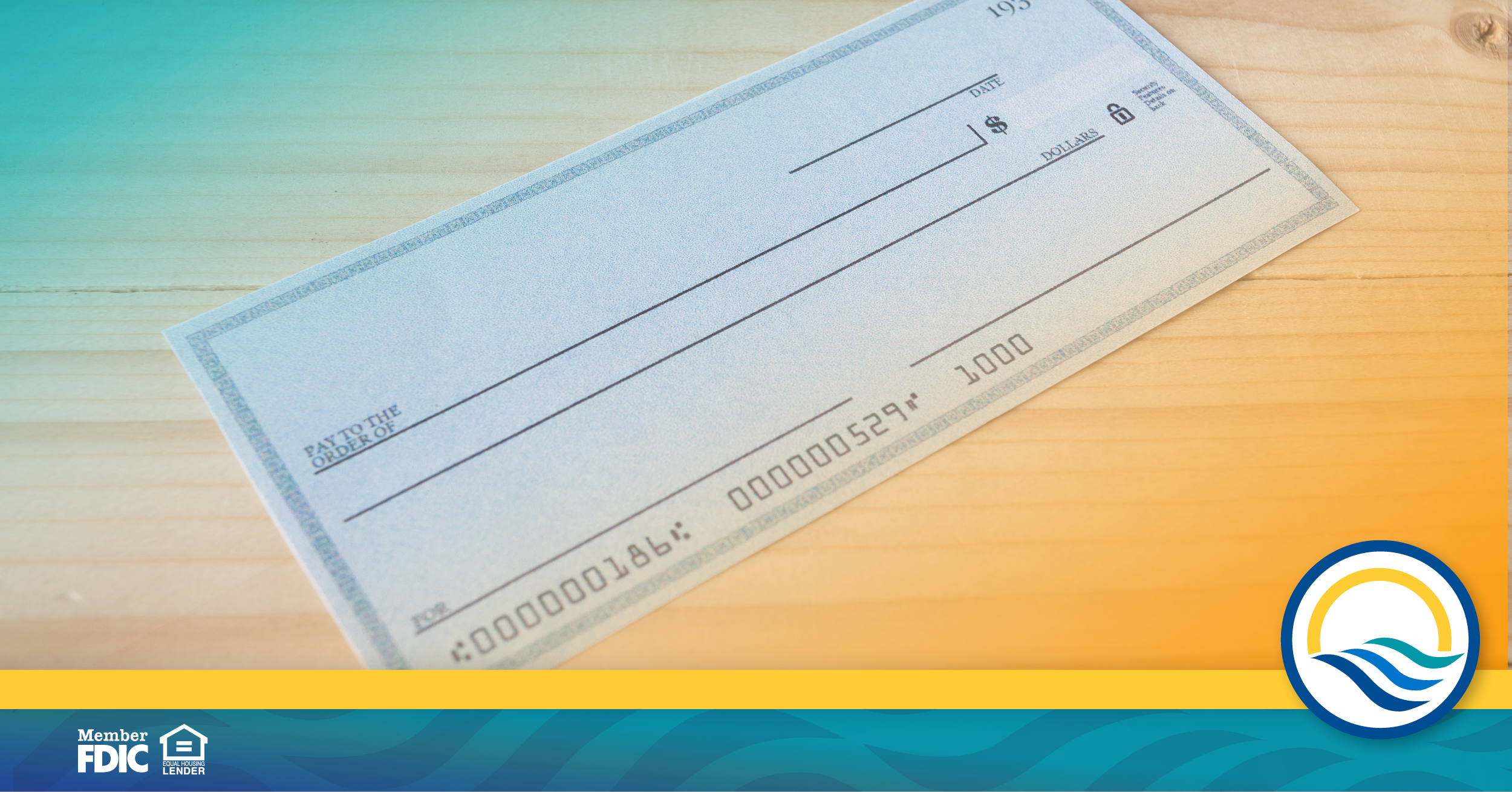What is a Routing Number and Where is it Found?

Every time you perform a financial transaction that involves your checking or savings account, you must provide a routing number and an account number. Both of these are mandatory in order for the operation to occur. To help you understand how these transactions work, here’s an explanation of what a routing number is and how it’s used.
What is a routing number?
Every bank or credit union has a specific, nationally recognized nine-digit number that identifies it among the numerous financial institutions in business. This identification code is unique to every organization. That way, there’s no confusion over similar names that could easily be mixed up and lead to widespread transaction errors.
Some situations in which you’d need to provide the routing number are:
- Paying a bill online using funds from your savings account
- Writing a check to send money from your checking account to someone else
- Establishing direct deposit for paychecks from your new job
- Receiving deposits from your tax returns
For over a century, all financial institutions in the U.S. have been using this system. According to Kenny Zhu of ValuePenguin, the method was created by the American Bankers Association, which is why these numbers are sometimes called ABA routing numbers. With how often transactions were performed via paper checks to route funds from one financial institution to another, this streamlined process helped move money into and out of the right places.
Keep in mind that routing numbers are only used in the U.S. for domestic transactions; international wire transfers do not use the same identification codes.
How is a routing number different from an account number?
You don’t want to get a routing number mixed up with an account number. Even though you often use these simultaneously during financial transactions, these are two distinctly different things.
We already identified what a routing number is: It’s the code used to identify a bank or credit union. An account number refers to the specific account at that institution in which your funds are stored. This helps distinguish your records from those of other clients at the institution, as well as from other accounts you may have at the same place.
Where can you find a routing number?
Routing numbers are typically easy to locate. The easiest way is, if you have an active checking account, to simply look at your paper checkbook. The nine-digit code on the bottom-left corner of every check is the routing number of the financial institution holding your funds. The second number, which is to the right of the routing number, is your personal account number.
Another way to find routing and account numbers is to go to your online banking profile and find them there on the website or app. You may have to use this method if you only have a savings account and not a checking account that distributes paper checks.
A third way to locate the code is by searching for the institution in the ABA Routing Number database, which has a convenient lookup feature. Just make sure you’re looking at the correct institution and didn’t mix up the name with a different, similar one.
If you have any questions about locating or using a routing or account number, feel free to contact us.
